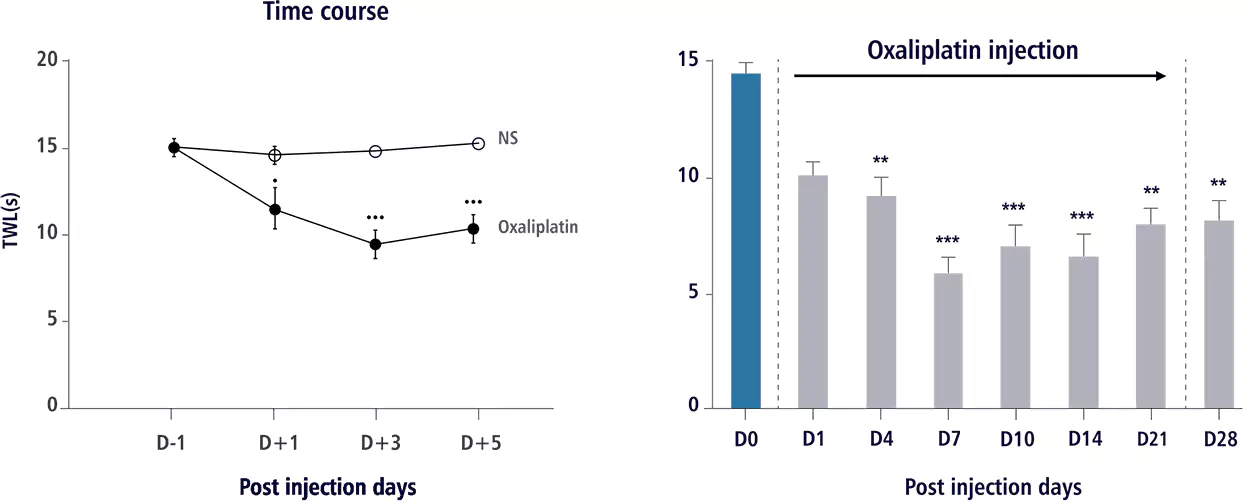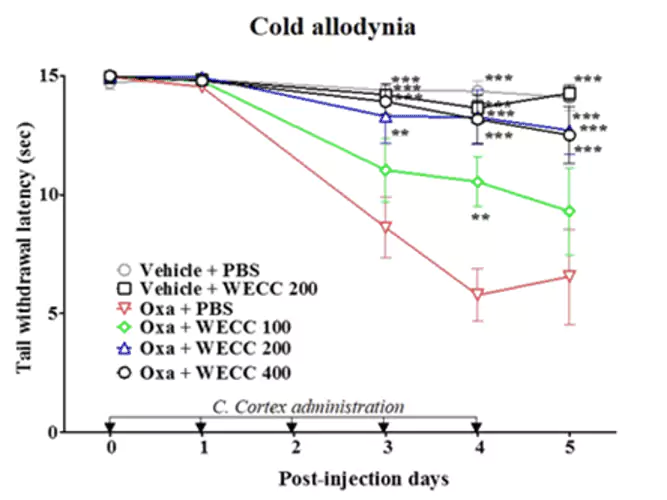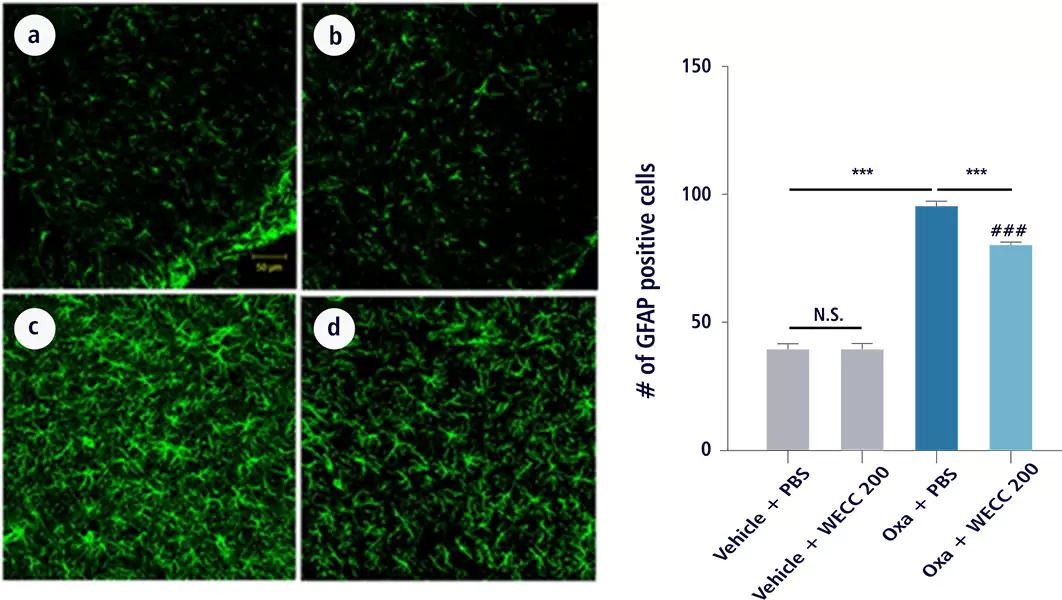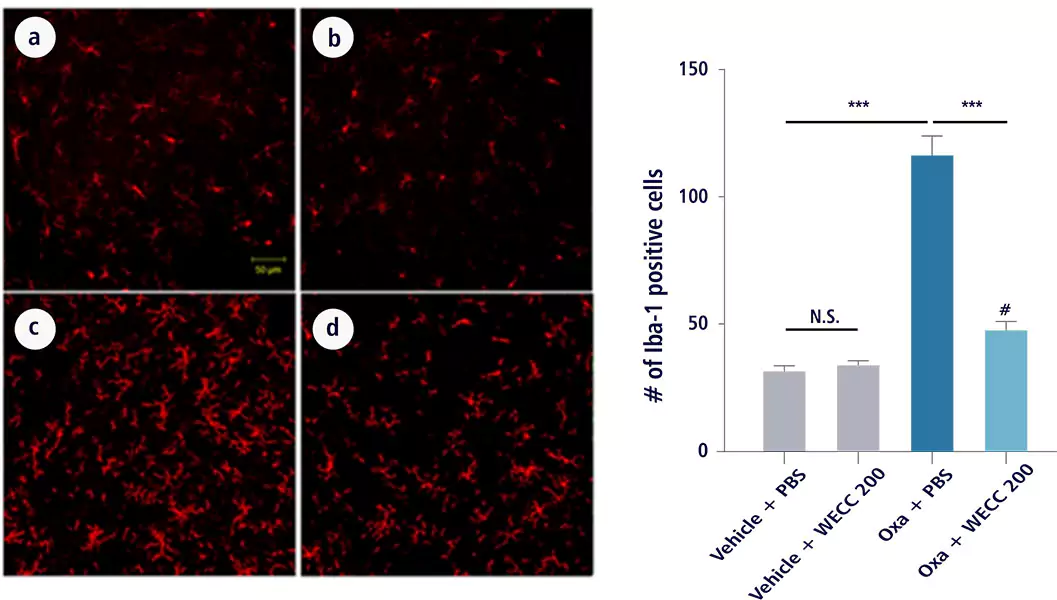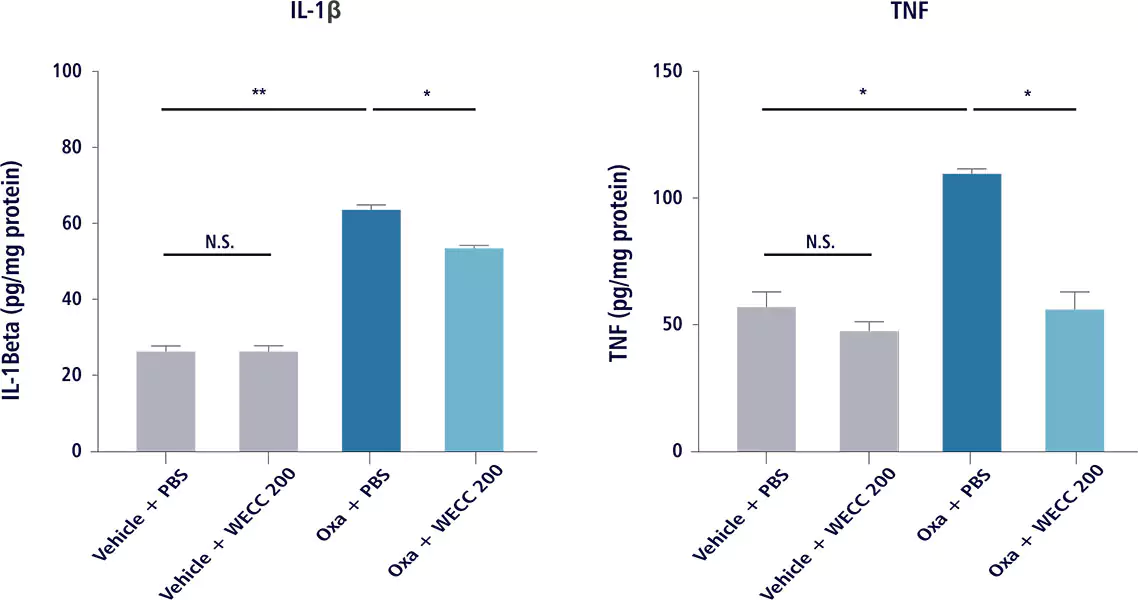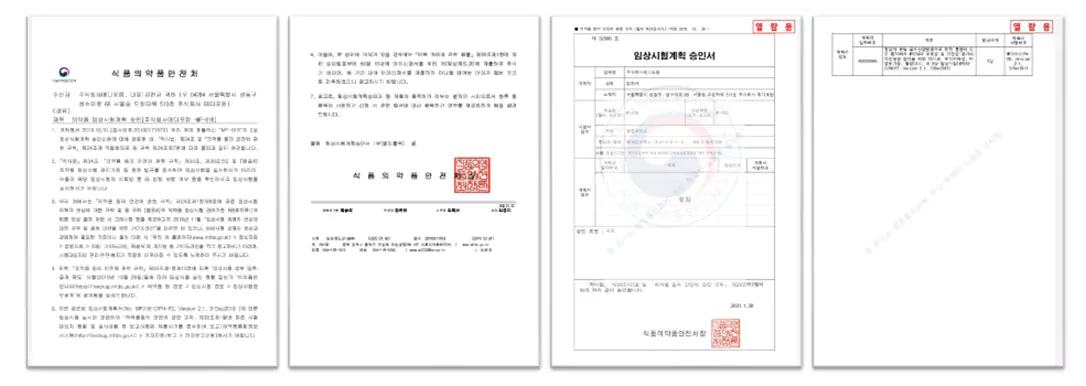For viewers outside of the United States:
✤This statement has been evaluated by the Ministry of Food and Drug Safety in Korea.
For viewers in the United States:
✤This statement has not been evaluated by the U.S. Food and Drug Administration. This product is not intended to diagnose, treat, cure or prevent any disease.
